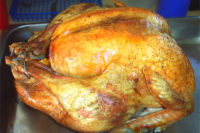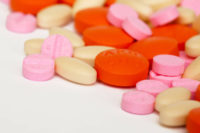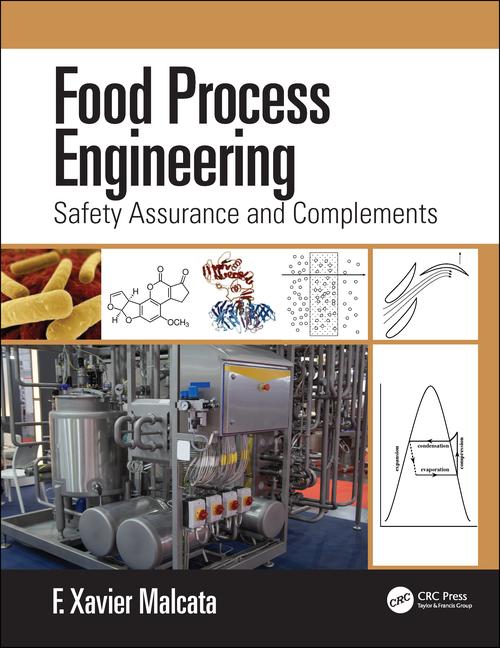
A new report from the Centers for Disease Control and Prevention (CDC) on antibiotic resistance stops short of offering steps to food safety, says the Center for Science in the Public Interest (CSPI).
One-third of the 12 pathogens classified as a “serious” threat to public health are found in food, but the report lacks specific details on reducing the quantity of antibiotics used in animal production; it only says the use of antibiotics for growth promotion in animals should be “phased out.” While CDC’s advice on safe food handling may help people avoid illness, it doesn’t prevent resistance from developing in the first place.
“The CDC found that 22 percent of the resistant illnesses are linked to foodborne hazards, so the overuse of antibiotics in the animal sector can no longer be ignored,” says Caroline Smith DeWaal, director of food safety at CSPI. “The volume of antibiotics sold for use in animals dwarfs those used in human medicine. While attention to both sectors is vital, action is urgently needed to manage the food safety risks posed by the non-therapeutic use of antibiotics in food animals.”
Seventy-four percent of antibiotics the World Health Organization considers critically or highly important are sold for use in food animal production. CSPI recommends several steps be taken in light of the report: FDA and the White House should release new guidance for pharmaceutical companies, veterinarians and the food industry; food producers should use antibiotics at a veterinarian’s advice only to treat disease, not as prophylactics or to encourage growth; and consumers should be encouraged to minimize exposure to antibiotic-resistant pathogens in the meat supply by purchasing meat labeled “USDA Certified Organic” or “Raised Without Antibiotics: USDA Process Certified.”
To access the report, visit CDC’s website.









